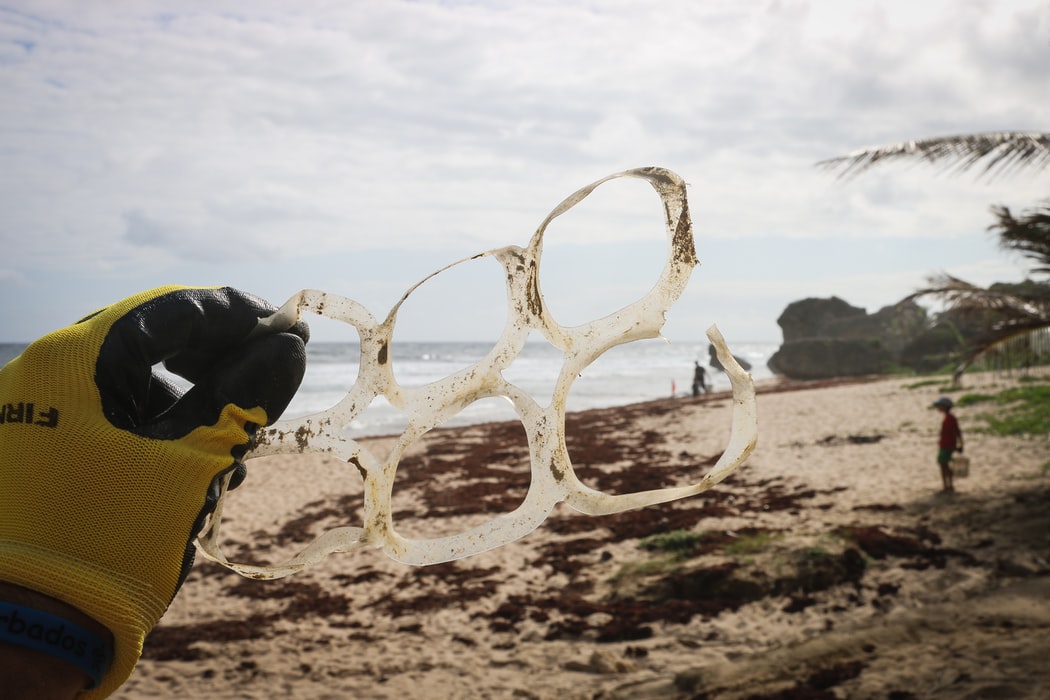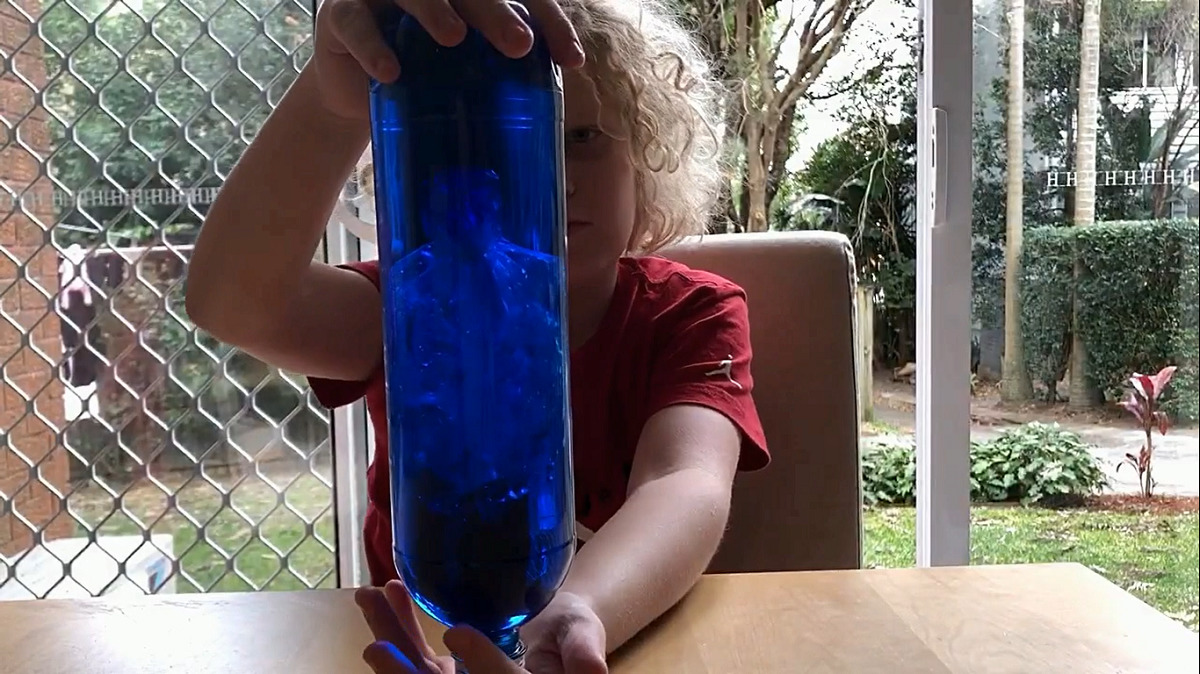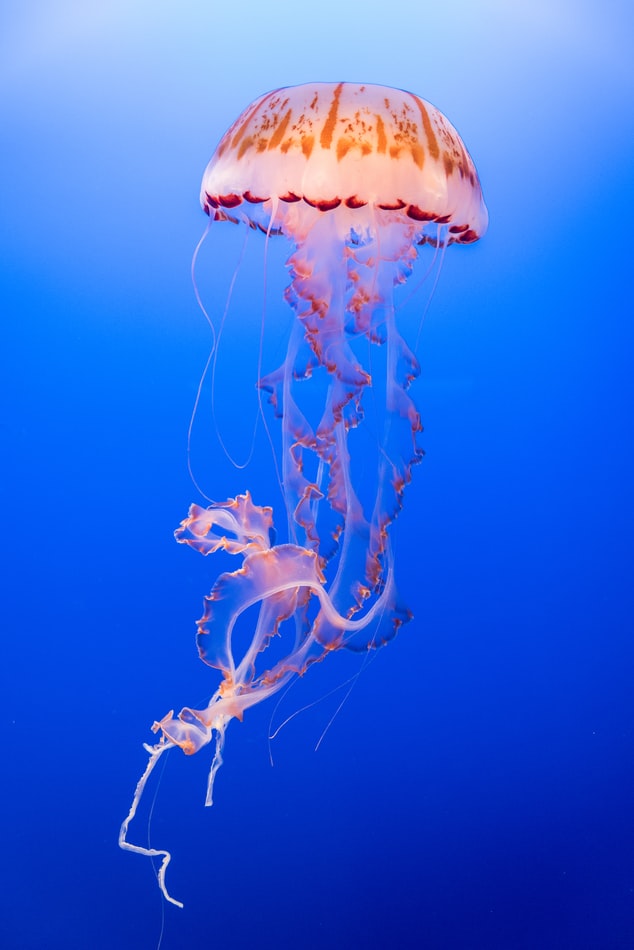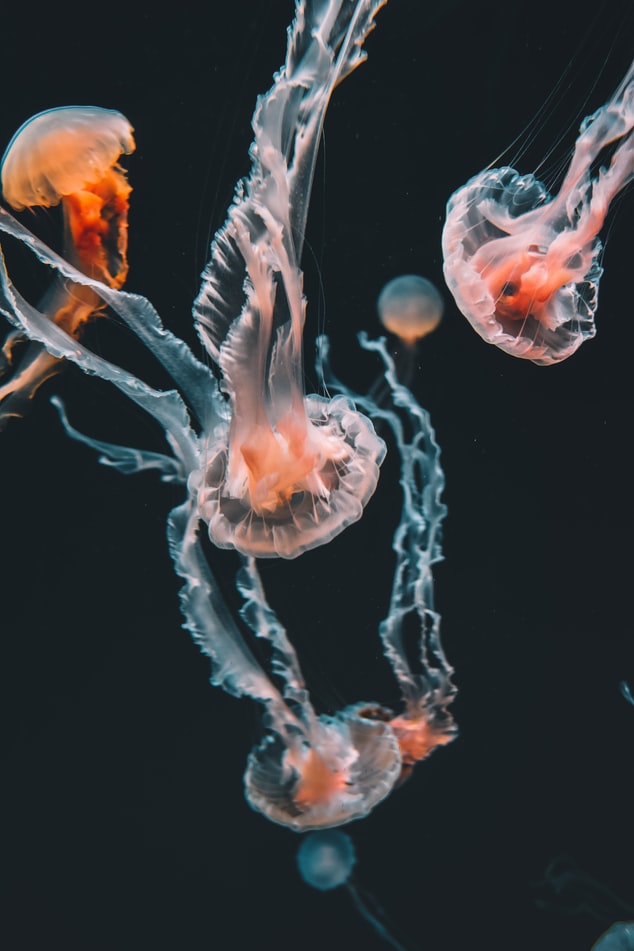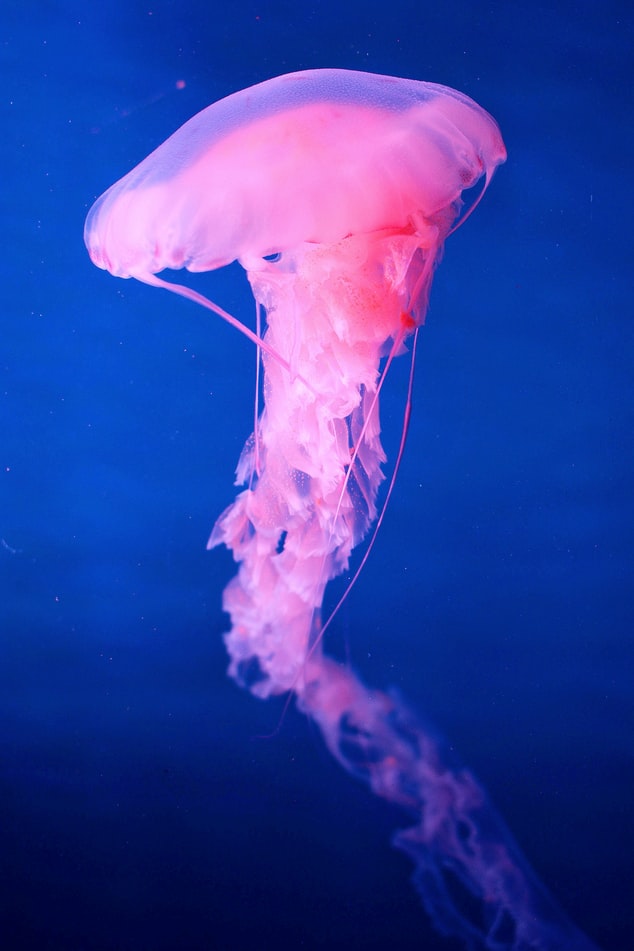Jellyfish in a bottle
Here you can learn how to make your very own jellyfish in a bottle and learn and discover lots of amazing facts about jellyfish, turtles and the importance of keeping our oceans plastic free.
All sea turtle species are at risk from plastic. Research suggests that 52% of the world’s turtles have eaten plastic waste. The reasons are simple: a floating plastic bag can look like a lot of jellyfish, algae, or other species that make up a large component of the sea turtles’ diets.

Create a Jellyfish in a bottle with Noah
In this activity children can make their very own jellyfish in a bottle and see for themselves just how easy it is for plastic to look like a floating jellyfish... no wonder turtles think they are food!
What you will need...
- Plastic bag
- Clear plastic bottle
- Scissors
- Permanent Marker (Any colour)
- Water
- String
- Blue food colouring
- Cup
- Funnel
- Paper towels (to wipe up any spills)
What you need to do...

#1

#2
#3

#4

#5

#6

#7

#8

#9
Fun facts about jellyfish!
- Jellyfish have been around for millions of years.
- Jellyfish were already on this planet before the dinosaurs!
- Jellyfish can be many different colours and they can even glow in the dark.
- A group of jellyfish is called a bloom or a swarm.
- Jellyfish do not have brains, bones or a heart.
- The lion’s mane jellyfish is the world’s largest jellyfish species - It can have tentacles that are over 27 meters long!
Jellyfish can come in many different shapes, sizes and colours!
How can plastics and other pollution impact our ocean and beach marine life?

One.

Two.

Three.
Help keep our oceans and beaches clean.
Next time your at the beach, help keep our beaches and oceans clean by taking al of your garbage with you. If you see some plastics or other litter, do the right thing, pick it up and put it in the bin.
